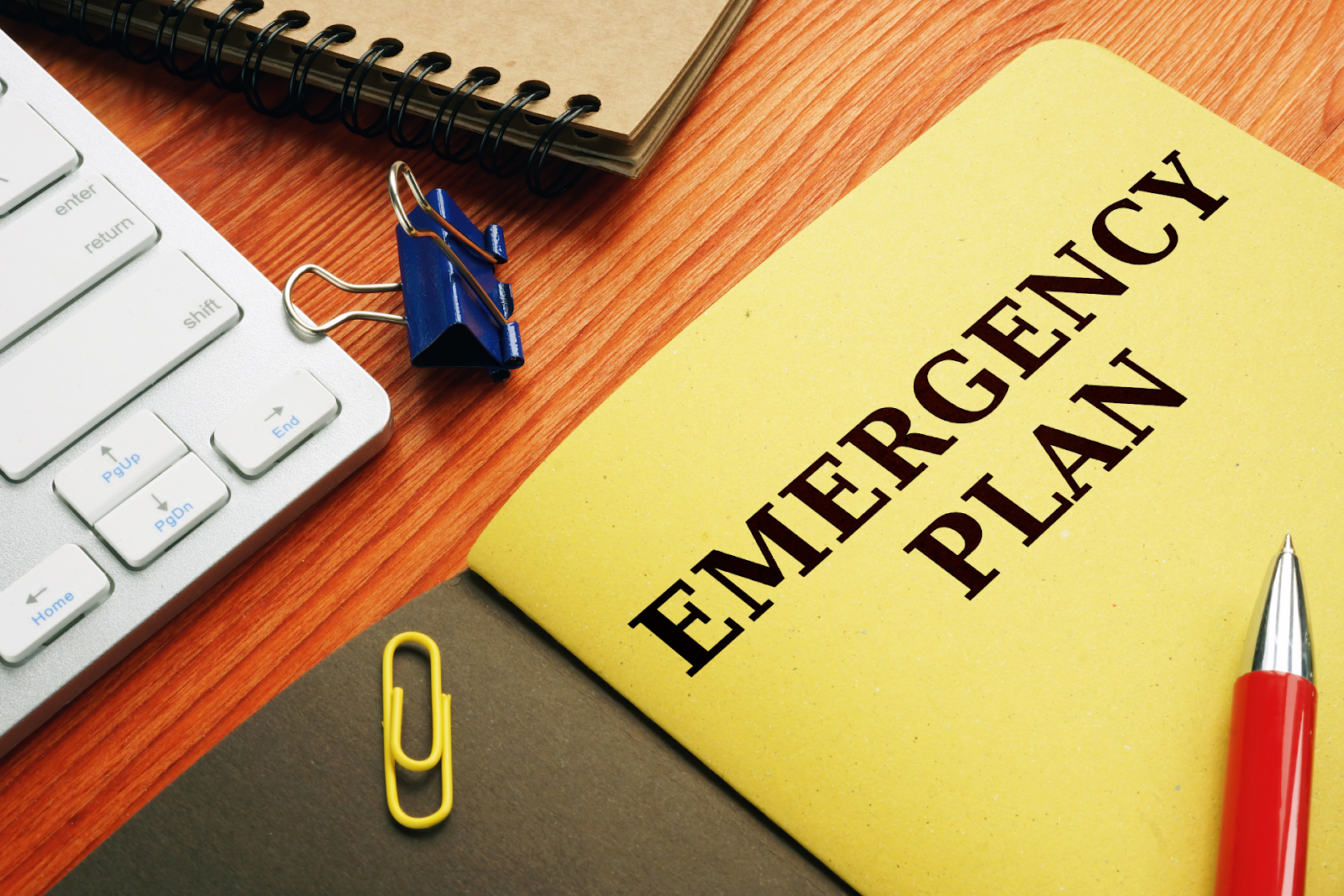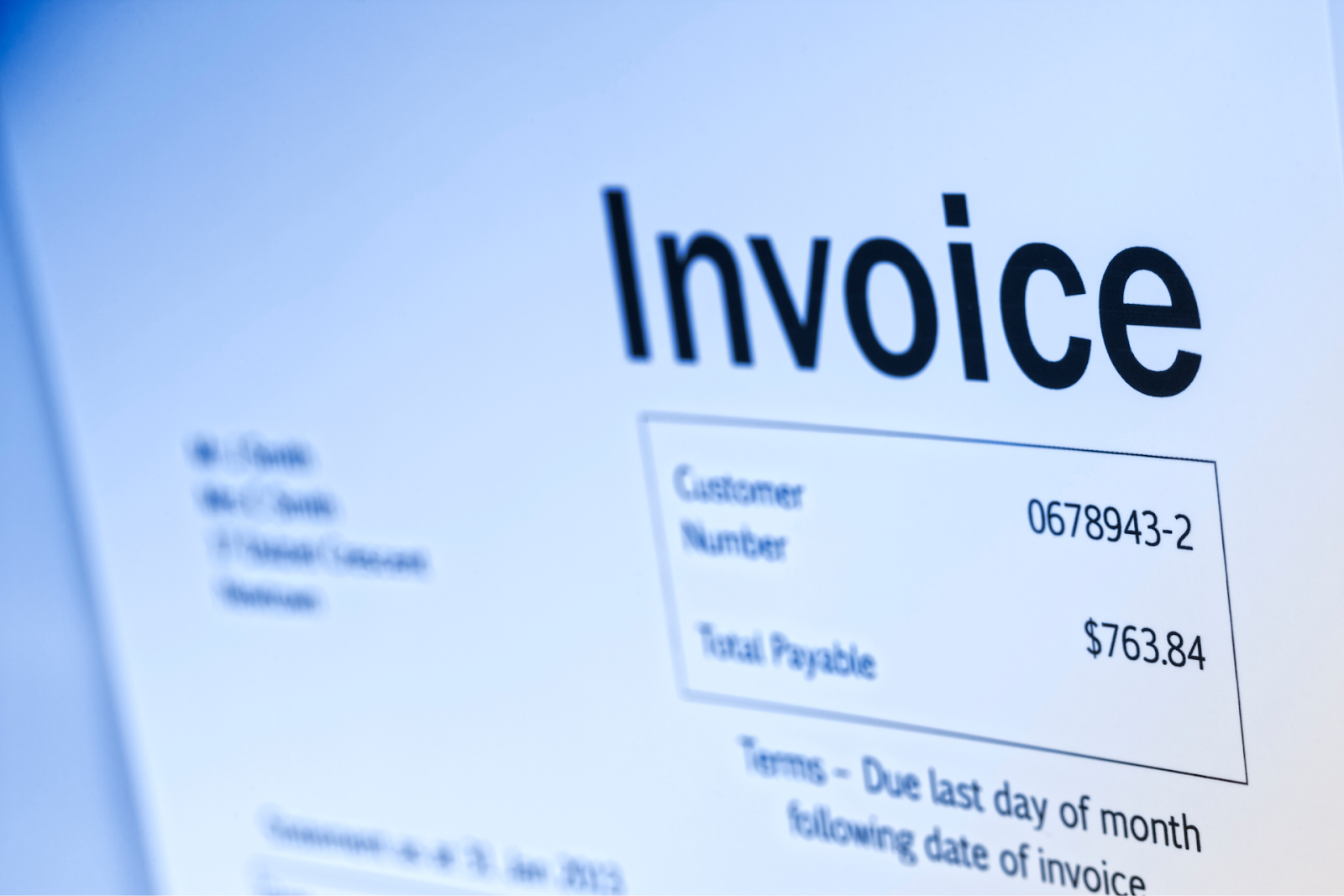
Will your business be prepared when disaster strikes?
Disasters come in all shapes and sizes, from extreme weather to cyber attacks to global pandemics that shut the world down. What’s consistent across all these scenarios are the catastrophic risks they pose to your business processes.
This blog will teach you how to create a disaster recovery plan that works, which includes taking steps to secure your finances.
Organizations create disaster recovery plans (DRPs) to ensure the continuity of their critical business operations and data in the event of a disaster. DRPs aim to minimize downtime, data loss, and financial losses caused by a natural disaster, cyberattack, hardware shortage, non-financed equipment failure, etc.
Key components of a disaster recovery plan typically include:
First and foremost, a well-crafted DRP allows businesses to maintain operations during and after disasters. Building a safety net helps minimize downtime, financial losses, and the potential for data loss—all vital to maintaining customer trust.
Having an effective DRP in place also provides a competitive advantage, as it allows businesses to persevere when their competitors may be struggling. Businesses that can recover swiftly are better positioned to maintain customer loyalty and trust.
Additionally, the peace of mind that comes with knowing a plan exists to handle disasters reduces stress and uncertainty for both business owners and employees. This is especially true when finances are secured and well-managed.
Overall, a disaster recovery plan is a strategic asset that upholds business continuity, protects valuable assets, and maintains trust among customers and stakeholders. They’re crucial for the long-term success of organizations across industries.

If you are looking to lead through turbulent times, then here are five elements that should be universally included in your business continuity planning efforts.
Thoroughly evaluate your business's vulnerabilities. What risks or situations would trigger these vulnerabilities? Look to identify risks that are natural—such as fires and floods—as well as those attributable to people, such as large-scale workplace accidents, cyber attacks, terrorism, and equipment failures.
Next, your plan should include an analysis of how the vulnerabilities you outlined could impact your overall operations. If A were to lead to Z, what would the outcome be? Determine the critical functions, systems, and data necessary for critical business functions. This analysis should help you prioritize recovery efforts and resource allocation.
You should clearly define every Recovery Time Objective (RTO) and Recovery Point Objective (RPO) as part of your DRP. RTOs define the maximum amount of time that critical functions can remain down, while RPOs define the maximum amount of data that can be lost. Plan data backup and recovery procedures accordingly to mitigate risks.
Outline step-by-step procedures for responding to disasters and initiating recovery efforts. Define roles and responsibilities for employees and stakeholders, including contact information for key personnel. A communication plan involving both internal and external parties should be put in place to ensure a coordinated response.
Regularly test and update your DRP. Conduct drills and simulations to validate recovery procedures and identify areas for improvement. You will likely need to make changes as technology evolves. It is recommended that you assign someone to be responsible for overseeing the testing as well as these updates.
Imagine this situation: you’re a company that relies on collecting payments from customers, but then a disaster limits your ability to do exactly that. One such example would be a cyberattack that locks you out of your collection software. Now, you’re left trying to cover overhead costs and wages with no income coming in. What can you do?
Invoice factoring is one option to secure your finances. By selling your invoices to a factoring company, you will receive an immediate payment while also offloading the burden of invoice collection onto them. Once they have collected payment from your customers, they will send you the remaining value minus their collection fee.
You don’t have to wait until disaster strikes to consider factoring, either. It can be beneficial as a preventative measure, as well as a door-opener for businesses traversing periods of rapid growth or those looking to expand. It can be beneficial for businesses across industries, regardless of their vulnerabilities or risks.

Disasters are almost always out of your control. However, you can control the steps you take to prepare your business for the inevitable—and that includes taking steps to secure your cashflow in case of emergency.
REV Capital is one of the leading invoice factoring companies in North America. We provide our clients with 24/7 access to an online portal for full transparency and never charge them hidden fees. You can count on us for exceptional and caring service, especially if your business has fallen on hard times. We’re here to help.
Visit our help centre to learn more!